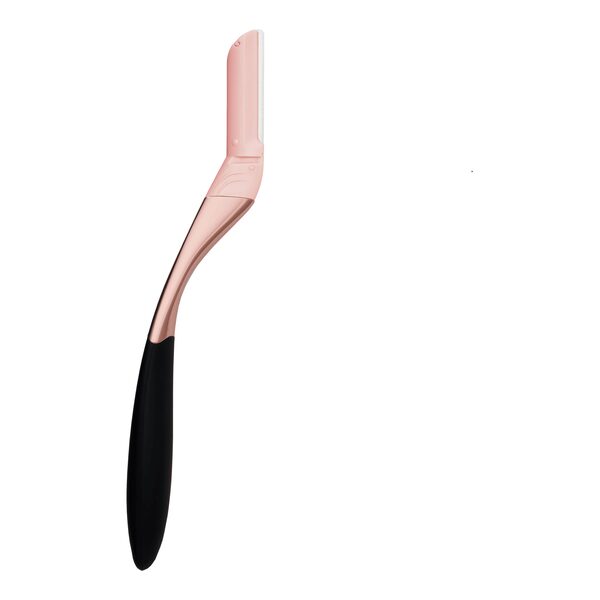Dermaplaning is a technique used to help reveal a fresh layer of skin through exfoliation. Amanda Rabbito, brand director of women’s shave at Edgewell Personal Care, explains that dermaplaning involves using a specialized tool that both exfoliates dead skin and removes fine hair that grows on the face. “After dermaplaning, people find their skin smoother and more radiant,” she says, adding that some of the additional benefits of dermaplaning can include an improved absorption of skin-care products and a smoother makeup application.
Edgewell brand Schick recently launched a dermaplaning wand that can be used at home every three to four weeks. Rabbito says that, while the tool is suitable for all skin types, it’s important to avoid any areas that are irritated, sunburnt or sore, or where there is active acne, as this can trigger more irritation and delay the healing process. “Also, avoid any raised areas, such as scars or moles, so that you do not nick your skin,” she says.
My recommendation: I’ve enjoyed the experience of dermaplaning as part of professional spa treatments, and it’s never caused my peach fuzz to grow in thicker. Still, at this point in time, it’s just not something that I’m ready to experiment with at home.

Schick Hydro Silk dermaplaning wand, $32 at drugstores and mass retailers (schick.ca)
Need some advice about your skin and hair care routines? Send your questions to ritual@globeandmail.com